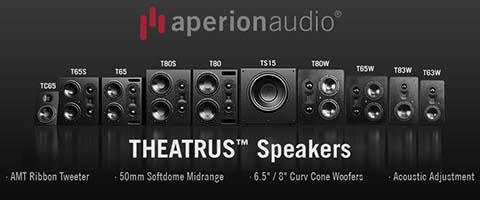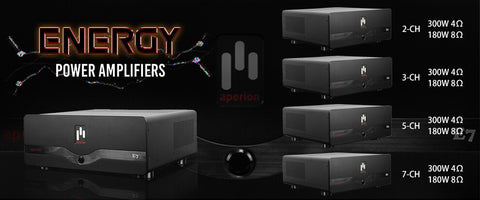What is Analog?

Most of the world still views TV via an analog signal. The video data is transmitted continuously using variable electrical frequencies (wave lengths). The TV dutifully accepts this data and translates it into the picture you see. Videocassettes, audio cassettes, and radio are all shining examples of analog signals. Although the picture is usually quite good, because the signal is electrical, it’s subject to distortion, interference and loss.
- - - - - - - - - - - - - - - - - - - - - - - - - - - - - - - - - - - - - - - - - - - - - - - - - - - - - - - - - - - - - - - -
What is Digital (DTV)?
A digital signal uses binary data bits (0’s and 1’s) to reproduce video data. Because the data is a stream of numbers, there is very little distortion of the signal information. In short, you either get a signal or you don’t. A digital signal can also carry varied types of data, which is why digital technology, with all of its potential, is the future of broadcasting.
- - - - - - - - - - - - - - - - - - - - - - - - - - - - - - - - - - - - - - - - - - - - - - - - - - - - - - - - - - - - - - - -
What is Progressive Scan?
A QUICK LESSON: Traditional TVs scan in a picture by beaming one line at time across the screen. The beam actually skips every other line for the first pass, than returns to scan the missed lines on a second pass. Affectionately known as interlaced scanning, this is why you see a flicker on a camcorder videotape when you shoot your TV screen, or why you see horizontal lines when you view the screen up close.
So, what then is progressive scan? This is when a TV beams the entire picture onto the screen in one all encompassing pass. No skipping, no alternating lines. As you can imagine, it’s a more vivid, uniform picture. But remember: to maximize the progressive scan image on your TV, your image sources (DVD, satellite, and camcorders) must be spitting out a progressive image.
- - - - - - - - - - - - - - - - - - - - - - - - - - - - - - - - - - - - - - - - - - - - - - - - - - - - - - - - - - - - - - - -
What is Resolution?
Resolution refers to the number of lines scanned onto the TV screen. The higher the number of lines, the higher the resolution. The higher the resolution the better the picture. But resolution is not just up to the TV. The image sources (VCRs, DVDs and camcorders) are also responsible for the quality of the picture you see. Resolution refers to the number of lines scanned onto the TV screen. The higher the number of lines, the higher the resolution. The higher the resolution the better the picture. But resolution is not just up to the TV. The image sources (VCRs, DVDs and camcorders) are also responsible for the quality of the picture you see.
There are four resolution types:
- Standard At a basic level, TVs scan 525 lines of resolution, of which 480 lines are visible. Lower resolutions are also producible from sources like VCRs and camcorders.
- 480p The “480” refers to the number of viewable lines, while the “p” stands for progressive scan (defined above).
- 20p Digital TVs are equipped to display resolutions from 480 up to 720 lines. They also come standard with the ability to display progressive scan images, hence the “p”.
- 1080p The “p” tells you that the image produced by this TV is progressive scan. A resolution that jumps from 720 lines to 1080 lines makes for a dazzling picture.
- - - - - - - - - - - - - - - - - - - - - - - - - - - - - - - - - - - - - - - - - - - - - - - - - - - - - - - - - - - - - - - -
What is HDTV?
HDTV stands for High Definition Television. It refers to a wider screen format plus higher resolution and sound thanks to digital technology. The digital signal must be either 720p or 1080p within an anamorphic (widescreen) format. Anamorphic is a 12-dollar word for the 16×9 shape that duplicates the widescreen format in movie theaters.

A Silly But Pertinent Object Lesson: To get a sense of the size difference between the traditional TV format and the anamorphic 16×9 widescreen format, do the following:
- Using your left hand, make an “L” with your thumb and index finger.
- Repeat with the right hand.
- Touch your thumbs together, with your index fingers pointing up, and you’ll see the approximate box shape of a traditional TV.
- If you follow steps 1 and 2 again, this time touch your index fingers together with your thumbs pointing up. This gives you an approximate idea of the 16×9 widescreen shape.
The discrepancy between the box shape of a traditional 4×3 TV and the 16×9 widescreen format is why you’re often two choices of screen formats when you watch a DVD at home.


Complete Your Sound System Solution

Sign up for our newsletter below, and join our social media groups to stay up to date with the latest news and information from Aperion Audio!
 |
 |







 https://www.aperionaudio.com
https://www.aperionaudio.com